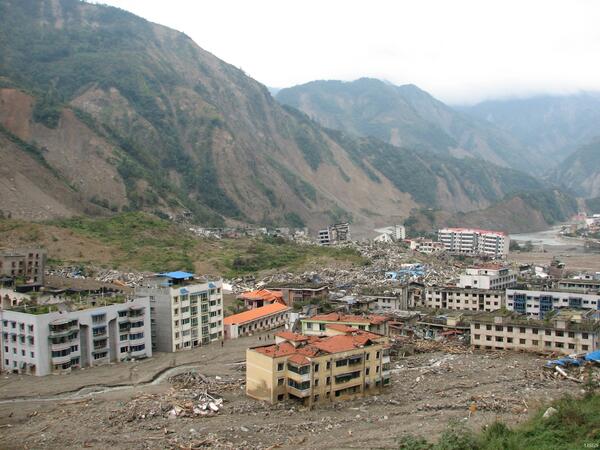Wald's scientific interests include the characterization of rupture processes from complex recent and historic earthquakes using combined geodetic, teleseismic, and strong motion data; waveform modelling and inversion; analysis of ground motion hazards and site effects; earthquake source physics; and modelling earthquake-induced landslides, liquefaction, and losses, macroseismic intensity, building damage, financial and human impact, rapid damage and impact assessment, earthquake scenario development and mitigation planning and drills, and communication with the media, public, and emergency managers.
Previously at Caltech, and now at the Colorado School of Mines, Wald has advised dozens of post-doctoral, graduate, and undergraduate student research projects. Wald directly supervises 10 PhD level scientists and 5 five BS and MS level support staff, and supervises several students. Wald serves on several PhD committees at this time. This research has resulted in more than 450 professional publications that David has authored or co-authored, including journal papers, USGS publication series, conference papers, and published abstracts.
Education:
Post-doctoral Fellow, Geophysics, National Research Council, USGS, Pasadena, 1995
Ph.D., Geophysics, California Institute of Technology, Pasadena, CA, 1993
M.S., Geophysics, University of Arizona, Tucson, AZ, 1986
B.S., Geology & Physics, St. Lawrence University, Canton, NY, 1984






